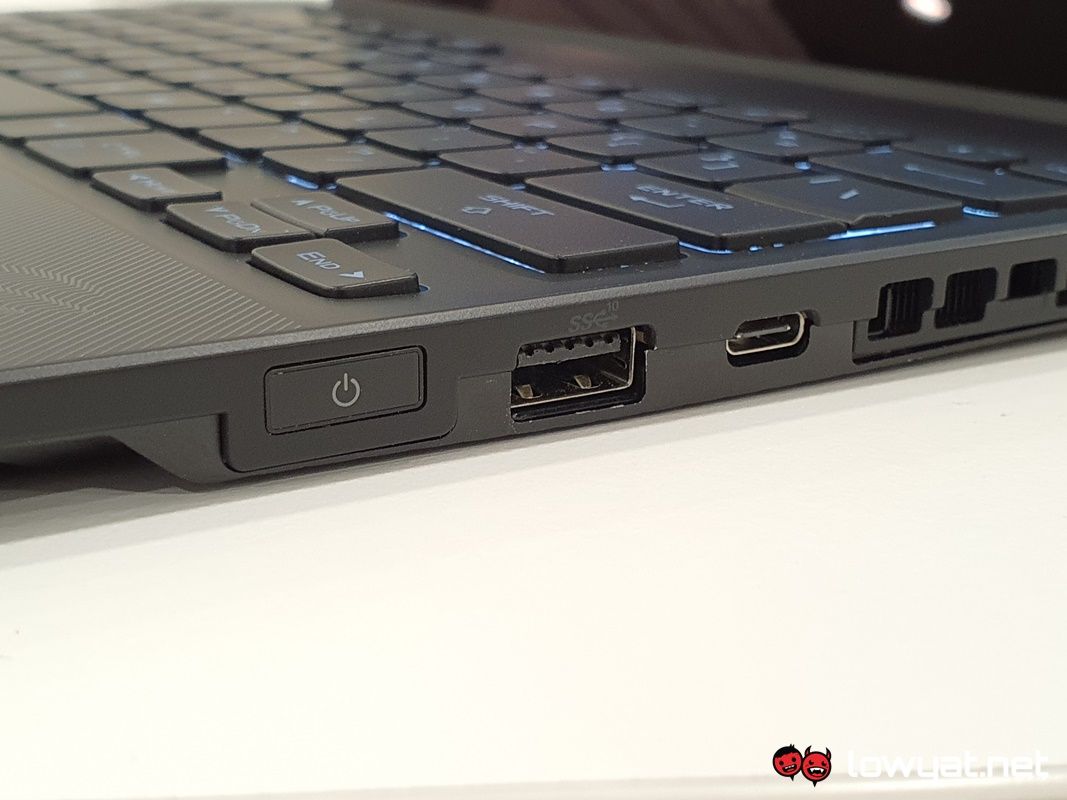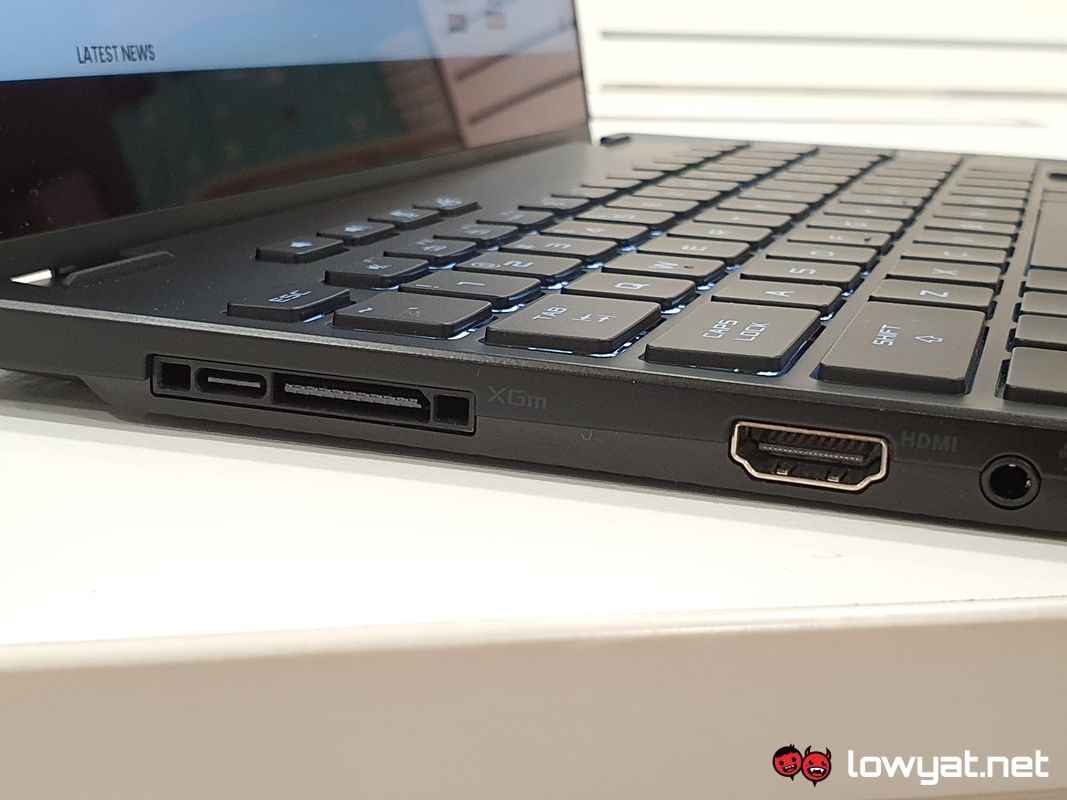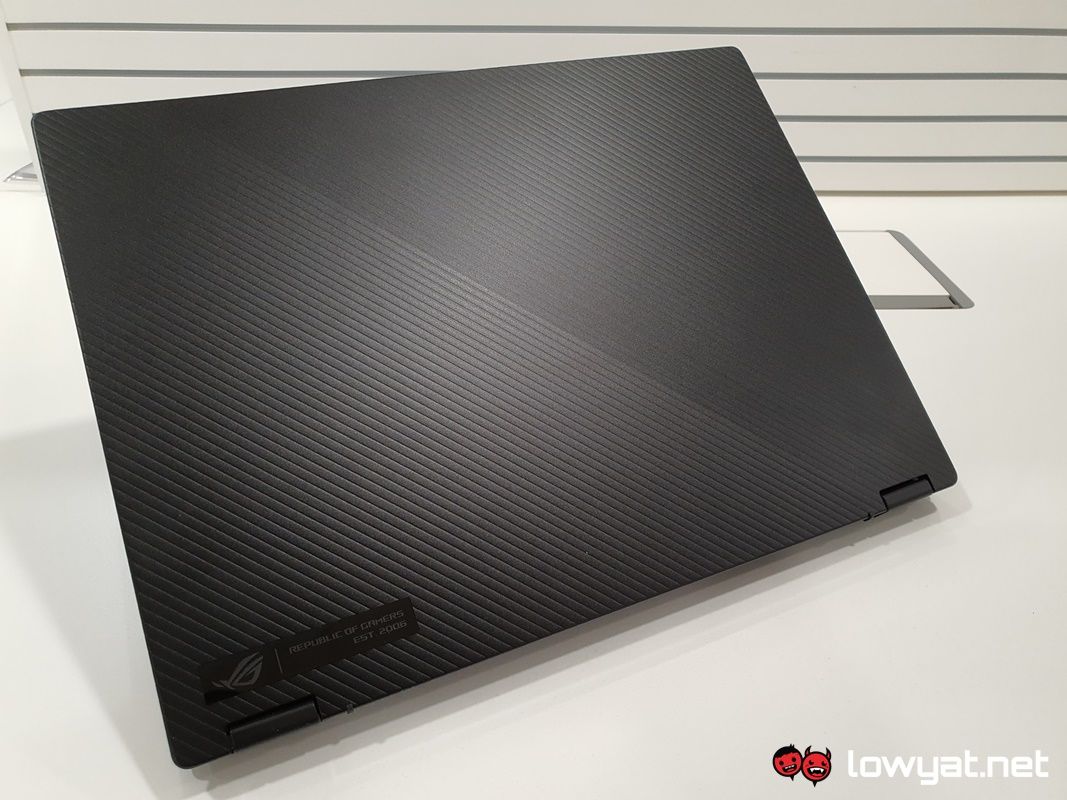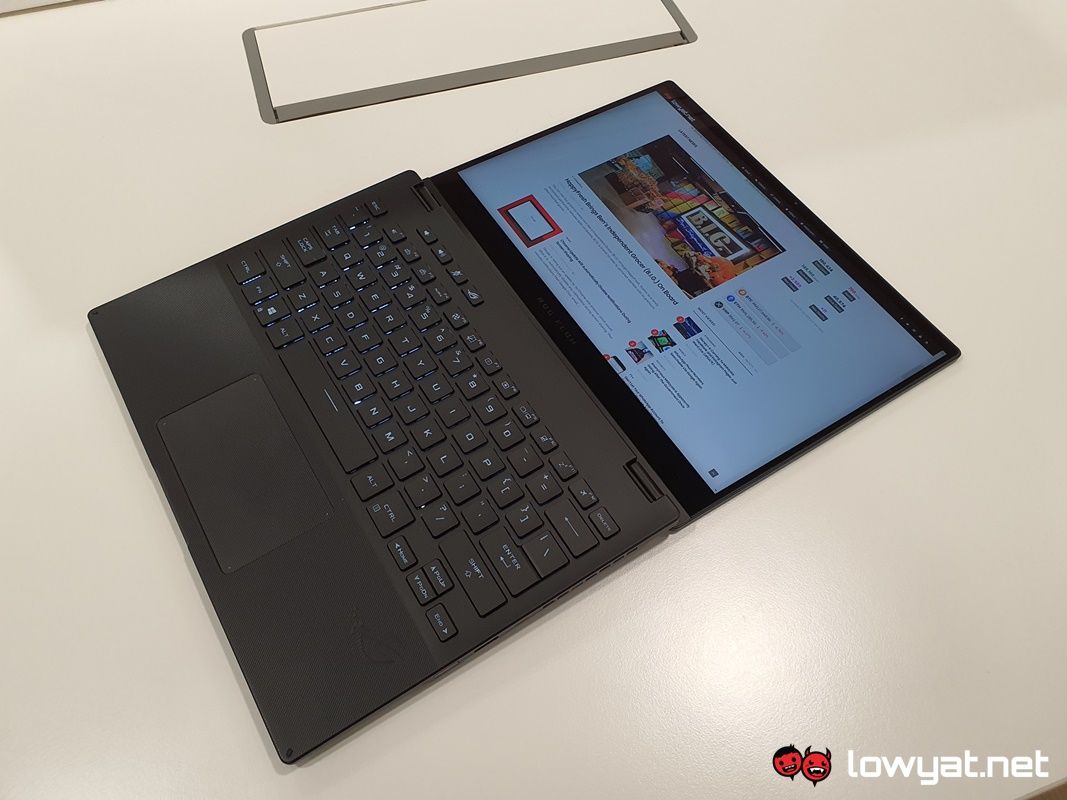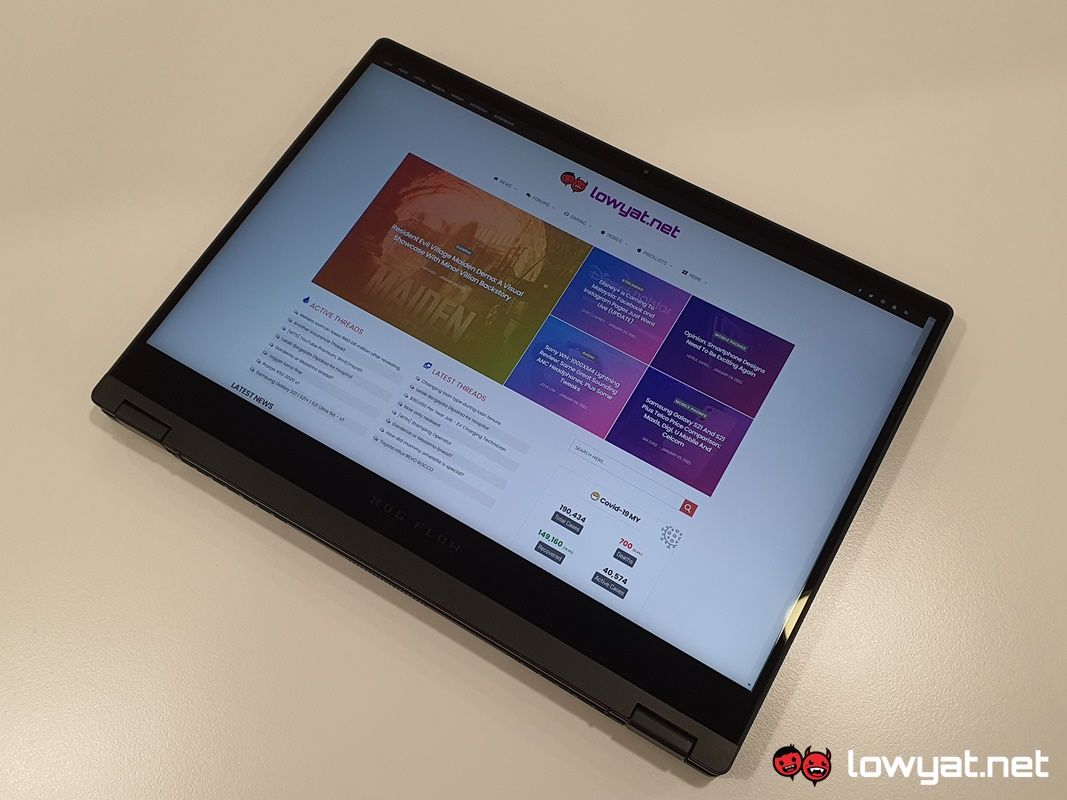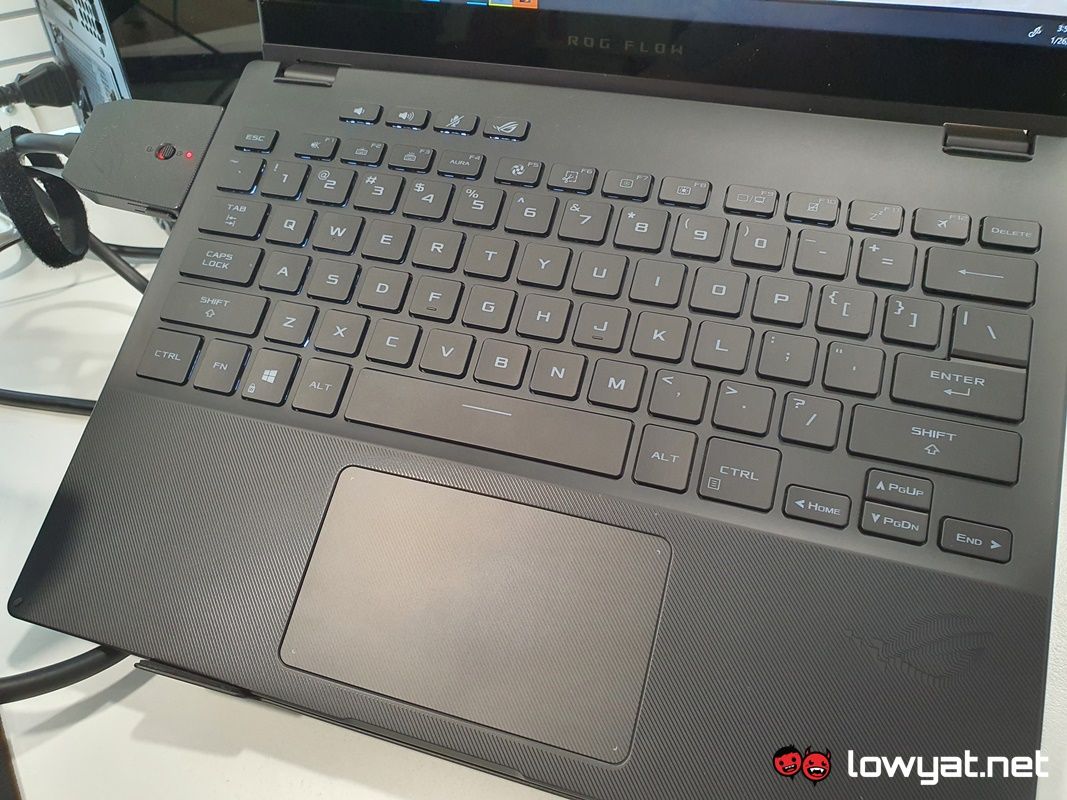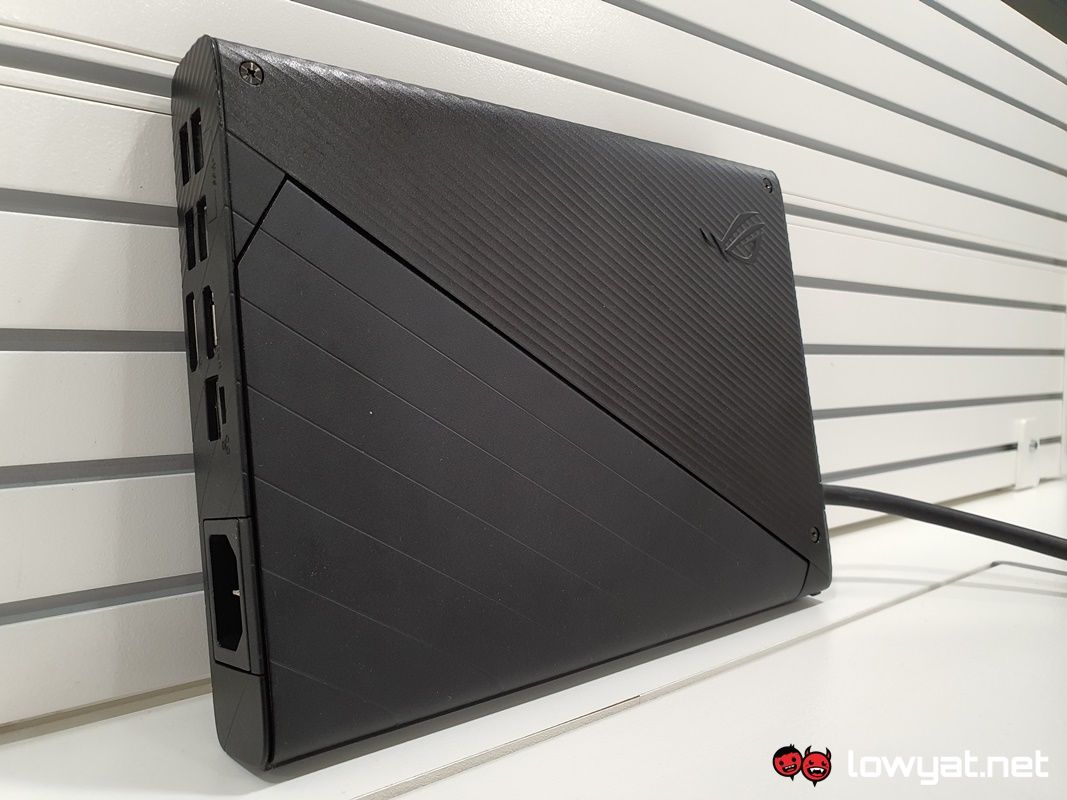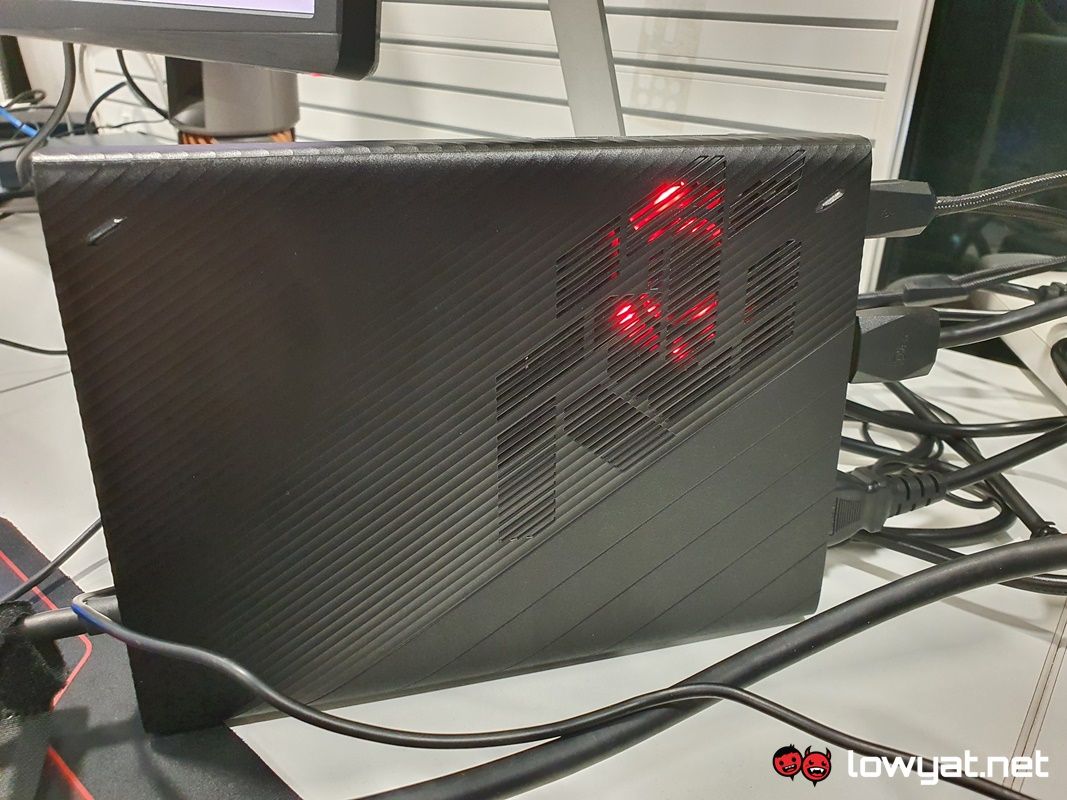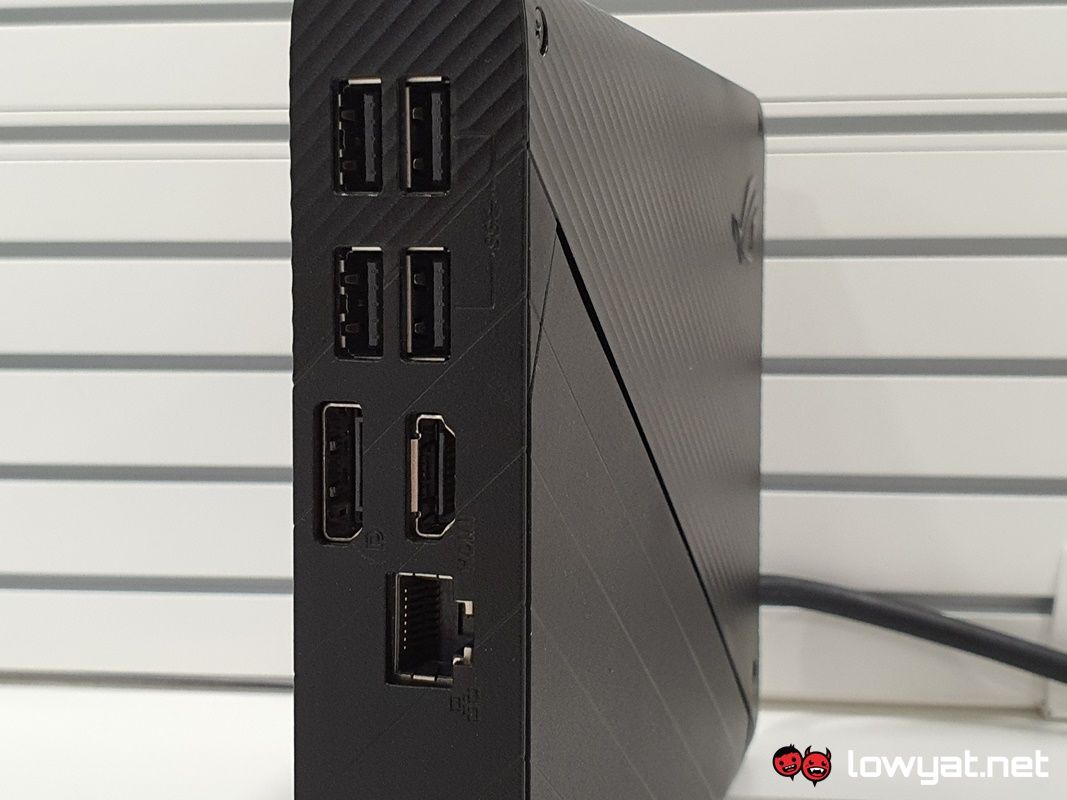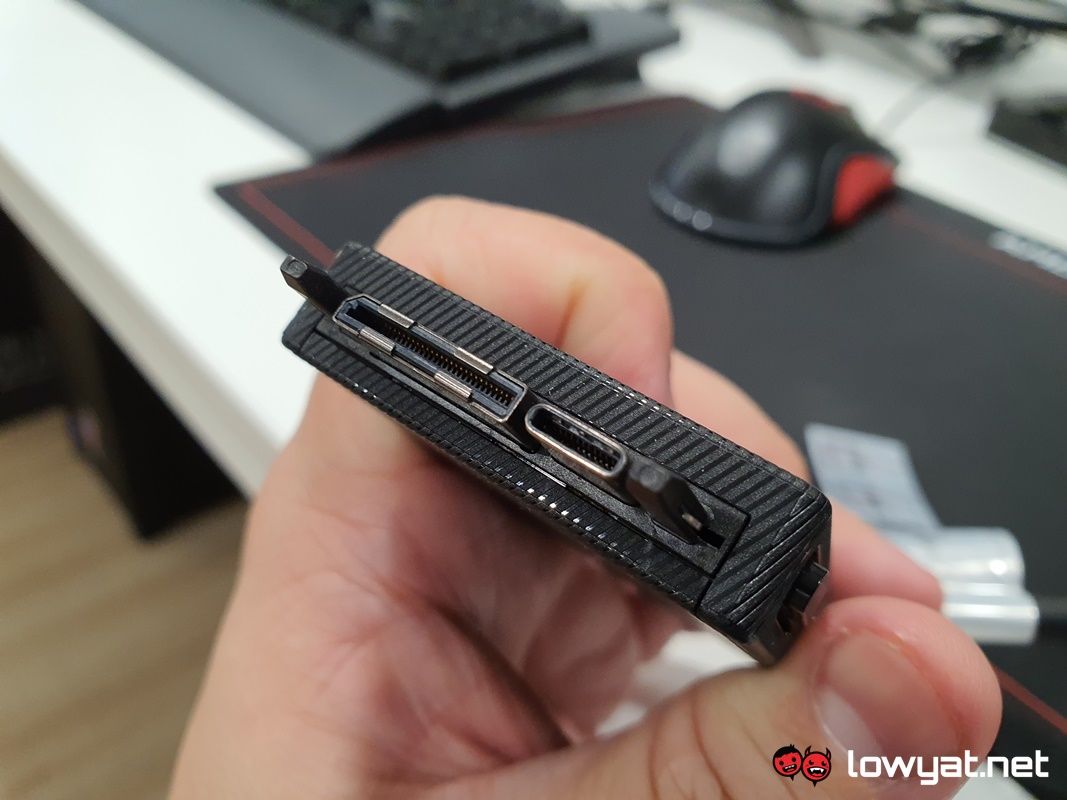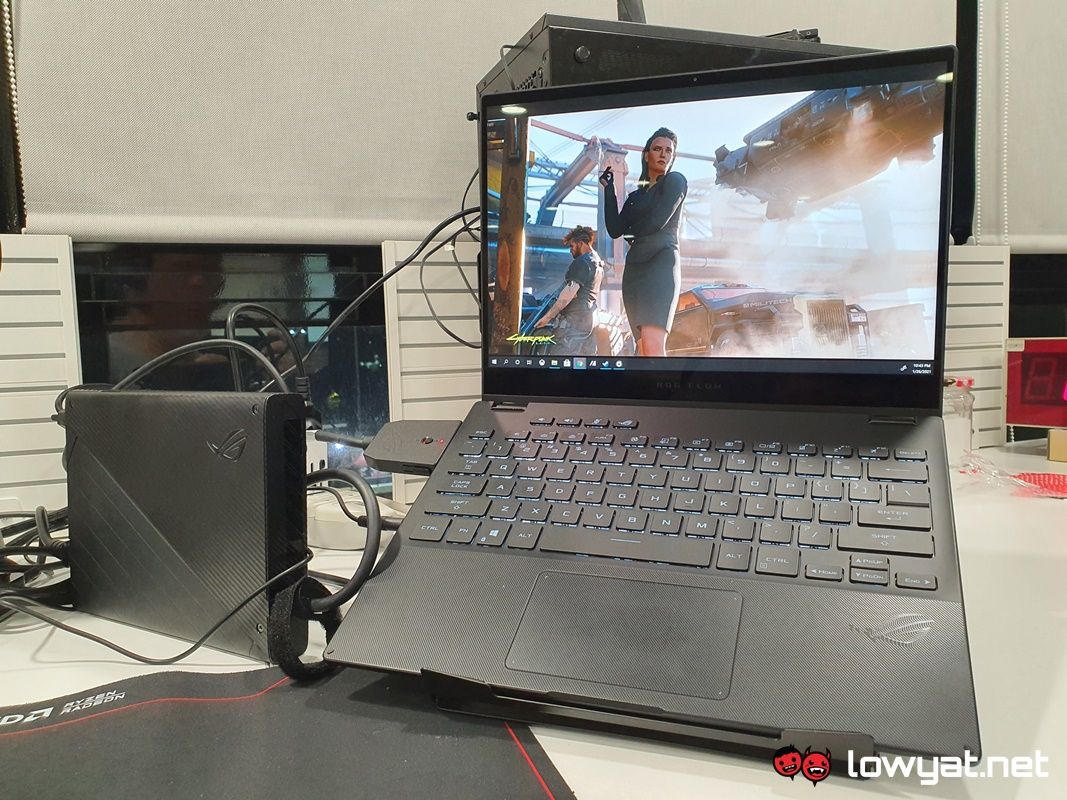This year, the brand plans (or rather, hopes) to take the gaming world by storm with its first convertible gaming laptop: the ROG Flow X13.
Thin, light, convertible design. Oh, and top-tier innards.
Like all Zephyrus gaming laptops, the X13 ticks off a couple of criteria before ASUS can officially make it a part of its lineup. It’s thin and light, with an emphasis on the “light” portion; this portable machine weighs in at a mere 1.3kg.
Yes, that’s not the lightest weight a brand has ever been able to shave down from its laptop lineup (looking at you, Acer), but again, this notebook serves a dual purpose: being a portable powerhouse gaming machine, but also a productivity machine when needed. Instead of an all-white colour scheme that ASUS used with the G14, the X13 sports a sleek, all-black aesthetics, along with a ridged texture, both on the outside and inside of it. I like the texture and pattern for the simple fact that it provides much-needed grip, especially when I’m on the move, with it in tablet mode.
Moving on, that brings us to the innards of the X13. On paper, the laptop is fitted with either a Ryzen 7 5800HS, a Ryzen 9 5900HS, or a Ryzen 5980HS: all of which are based on AMD’s 7nm Zen 3 CPU architecture for mobile, that was announced earlier this month. In this instance, the model in my possession bears the latter. In addition, the laptop has also got 32GB of LPDDR4X RAM running at 4266MHz. A very generous amount of memory, to say the least.
The GTX 1650 will still game, but don’t expect the world of it.
Of course, we very well can’t speak about the X13 without addressing the elephant in the room that is its discrete GPU: the NVIDIA GeForce GTX 1650. ASUS told us that this is so that it could keep the power consumption of the entire laptop within a 100W power envelope. Moreover, it’s a Max-Q variant of the original desktop GPU, and while it obviously can still be used for gaming, you shouldn’t expect a high-end gaming experience without the aid of XG Mobile eGPU designed to accompany it. More on that in a bit.
Oh, and before I forget, the X13 houses a 62WHr, 4-cell battery that powers the machine. It’s nothing compared to a 76WHr battery, for obvious reasons, but as of the publication of this article, I’m still in the midst of reviewing this laptop. So, I should be able to provide a fair assessment of its power consumption on a day-to-day basis soon. There’s also the X13’s 13.4-inch display, which comes in two resolutions – 120Hz Full HD or 60Hz 4K, the latter being the version I currently have. More importantly, the X13 is ASUS’ first gaming laptop – on top of being a thin and light convertible – that is ditching the 16:9 aspect ratio, in favour of 16:10. Naturally, couple that with the relatively thin bezels, and you obviously get a slightly more display real estate than your typical notebook.
There is a slight re-acclimation process when converting to 16:10, though, specifically with the keyboard orientation and its fairly compact size. I don’t know why this is the case, and I have used multiple 13-inch laptops in the past, but I was clearly making more typos than I normally would with other laptops.
The ROG XG Mobile eGPU is really worth all the hype.
Then there’s the talk of the town: the ROG XG Mobile. For the record, this isn’t ASUS’ first foray into making external graphics docks, as evidenced by the ROG XG Station 2. What the XG Mobile is – as its name suggests – is one of the most compact and most powerful graphics enclosures the brand has made. Namely, it’s got a laptop variant of NVIDIA’s GeForce RTX 3080 sitting pretty inside, not to mention the healthy number of I/O ports it comes built with.
Also, because it weighs just one kilogram, I can basically lug this around as a carry-on for my travels. That is, once borders around the world reopen and vaccines have been more widely distributed. As to how the XG Mobile and Flow X13 performs combined, I’m afraid I won’t be able to provide any specifics for now; the XG Mobile unit that I have here is, unfortunately, an engineering sample, and the powers that be (read: ASUS) have decreed that benchmarking it is out of the question. The good news is that the brand has promised to get me a consumer-ready unit, albeit a little later.
On that note, stay tuned for a review of the ASUS ROG Flow X13.
